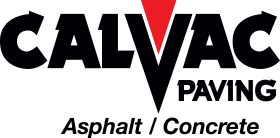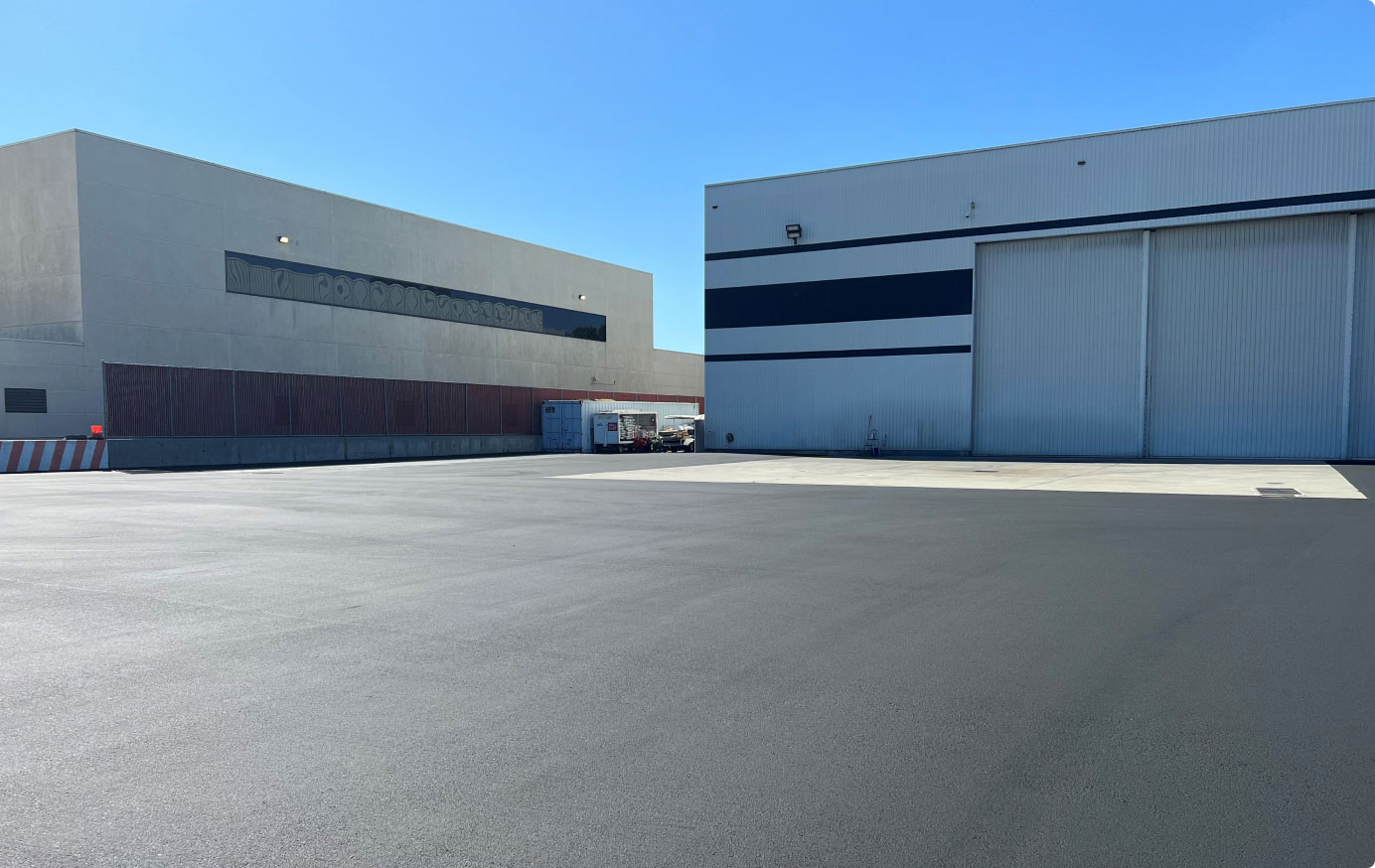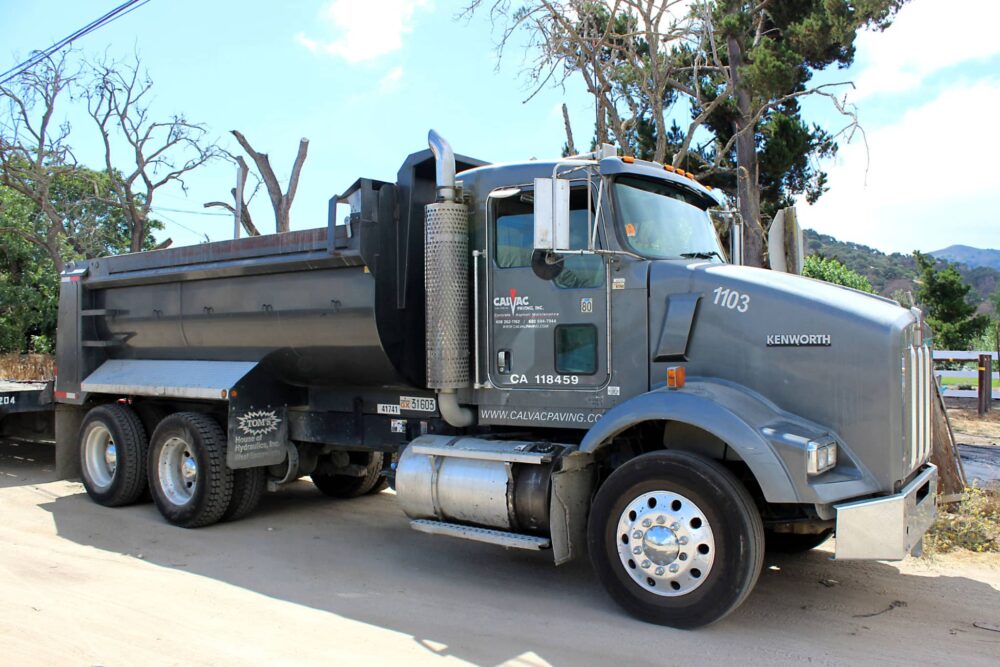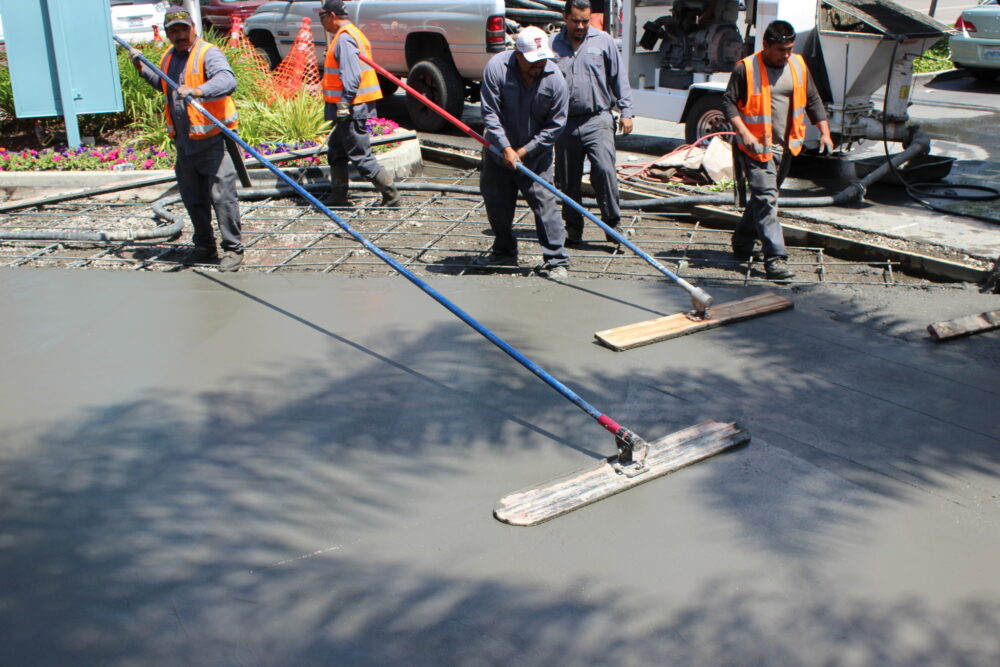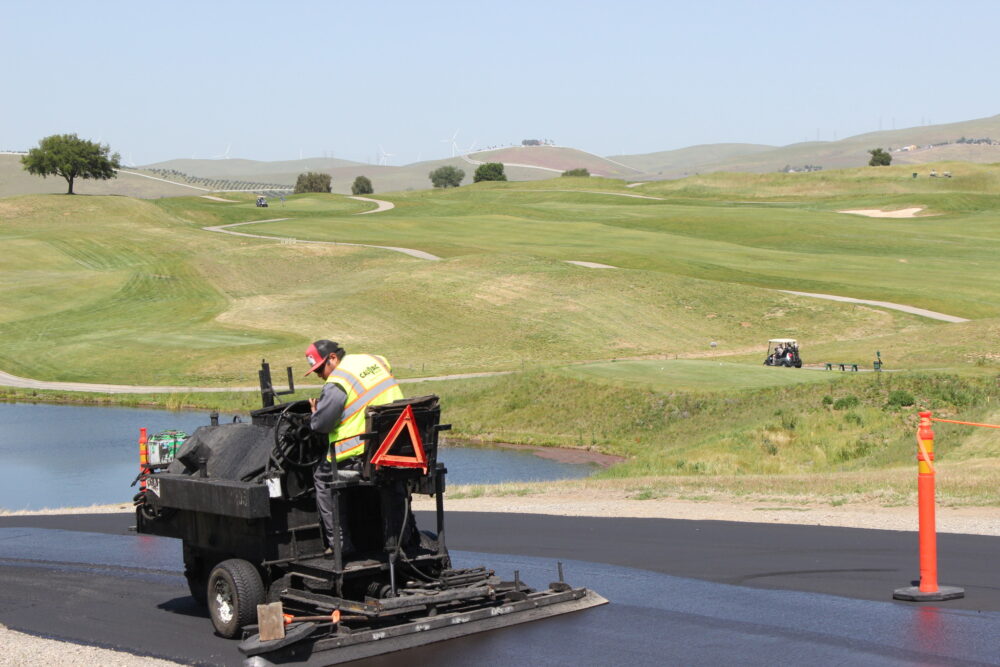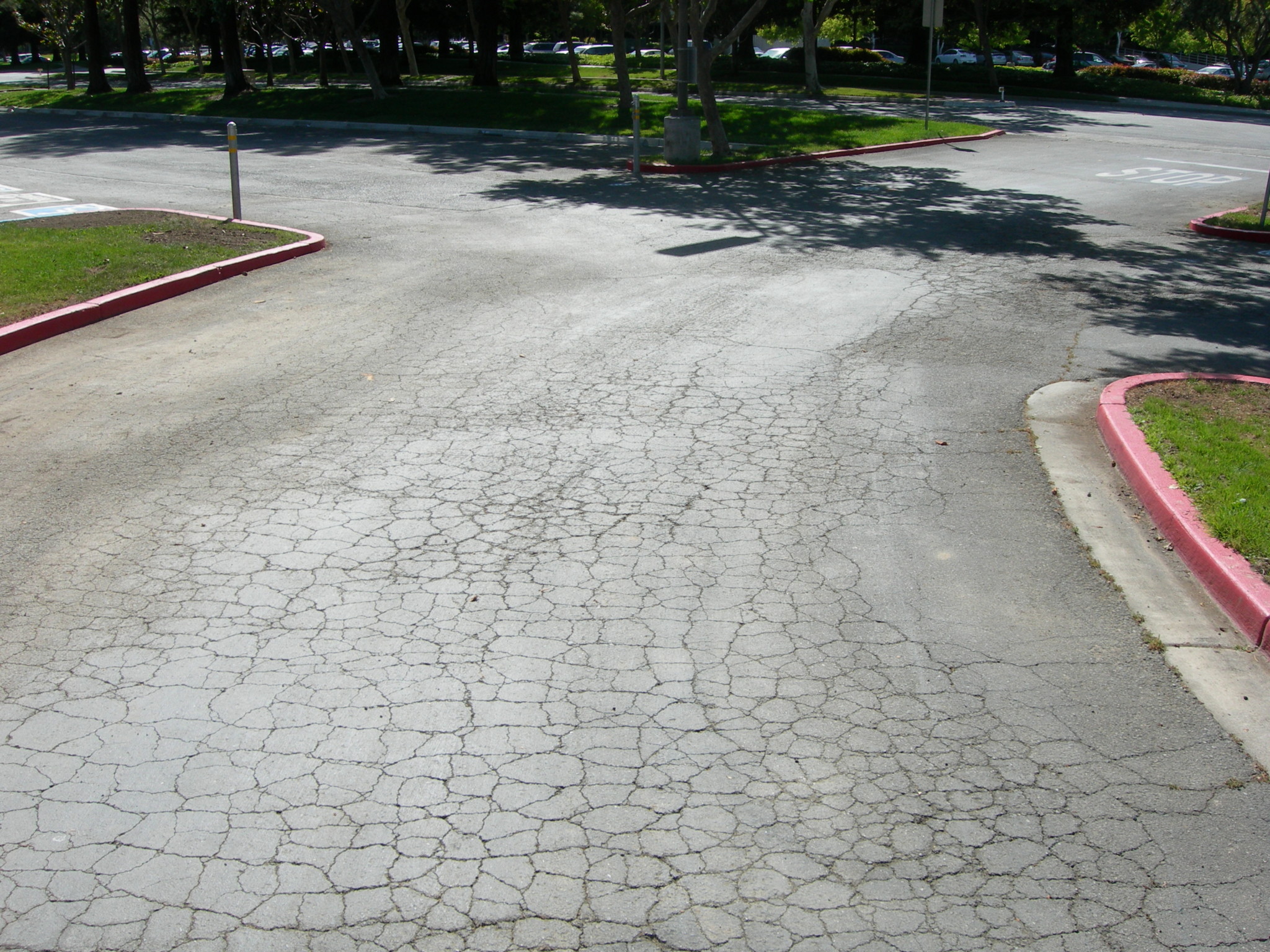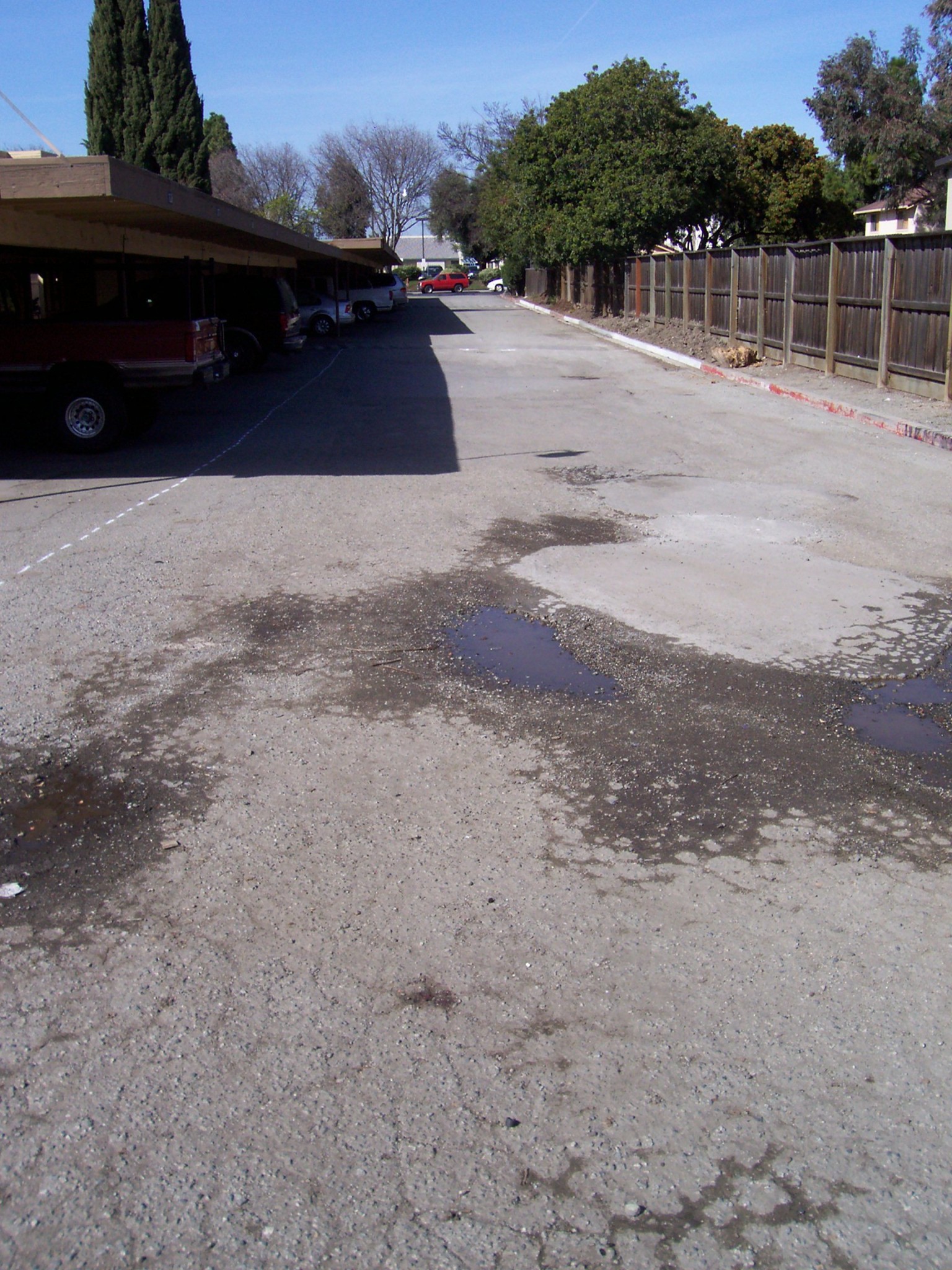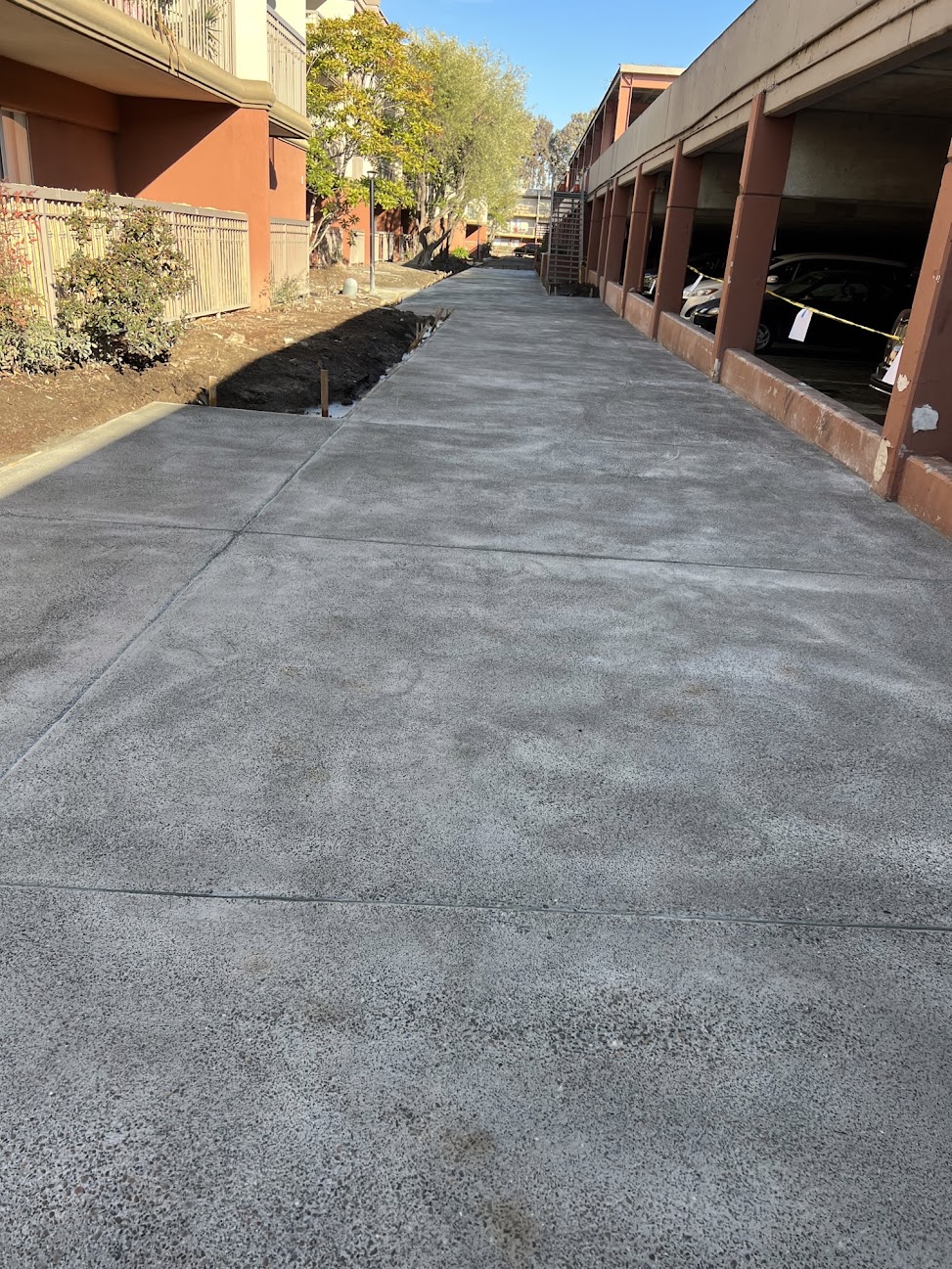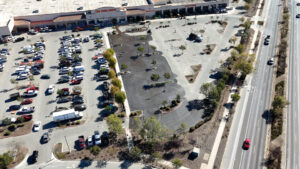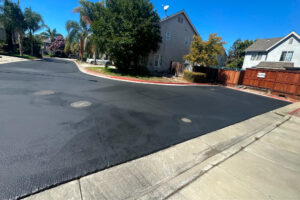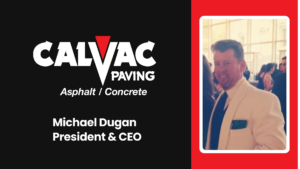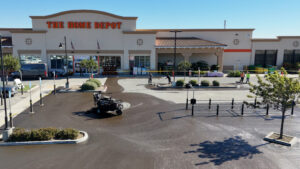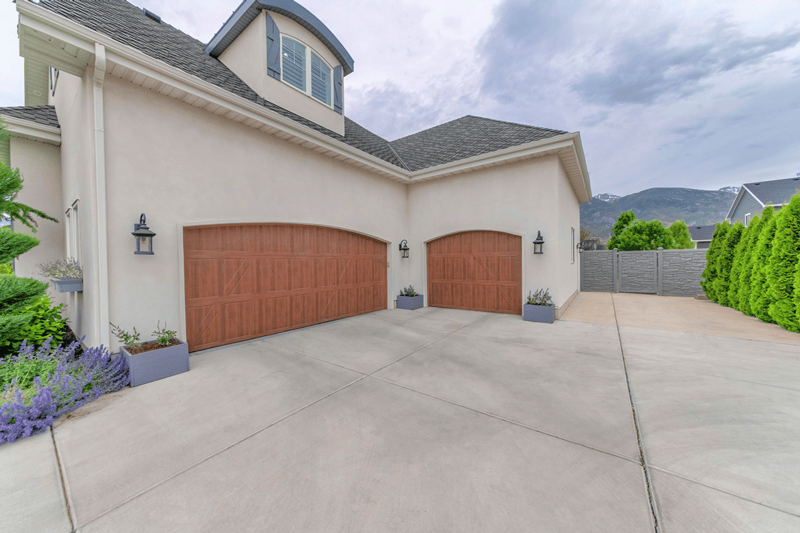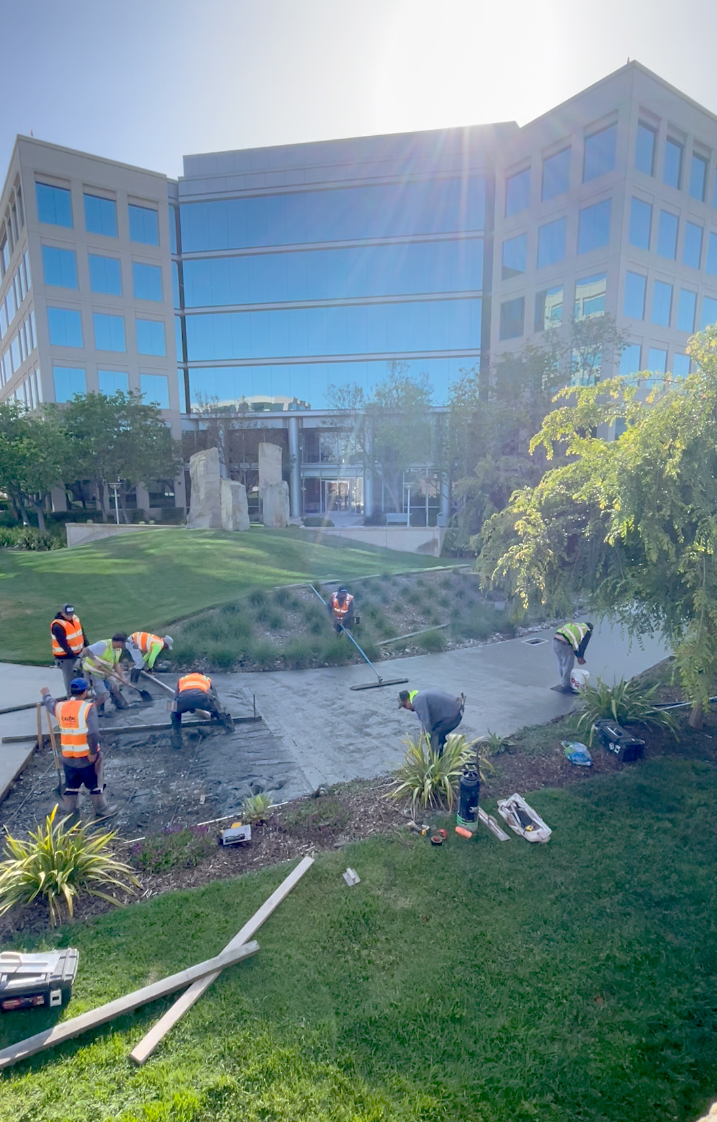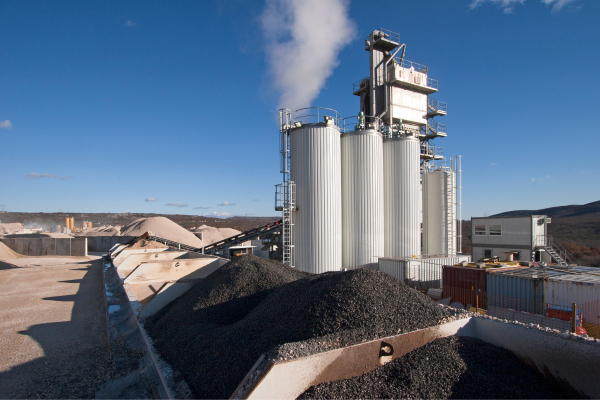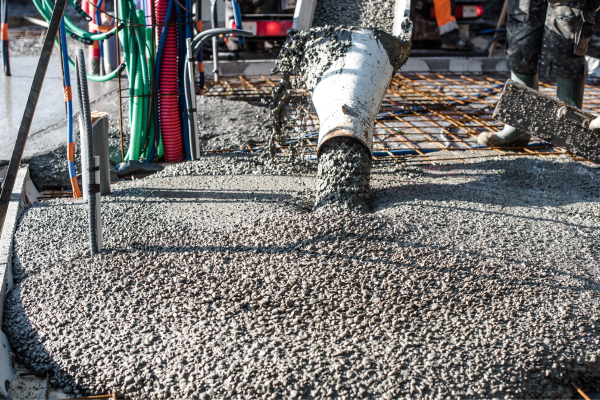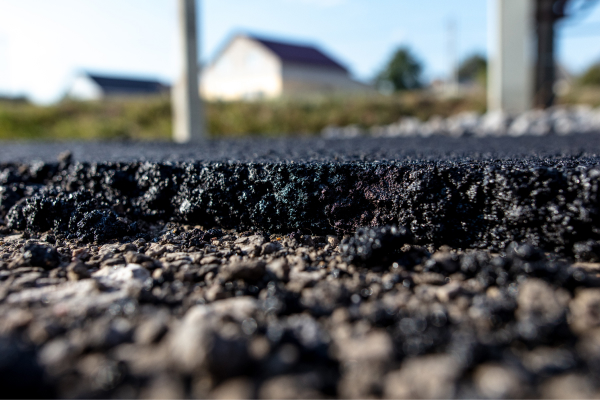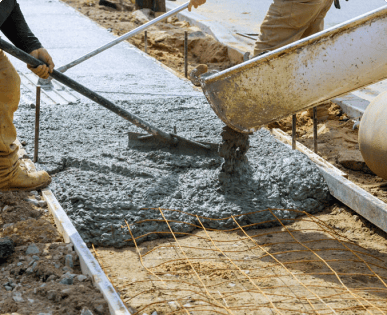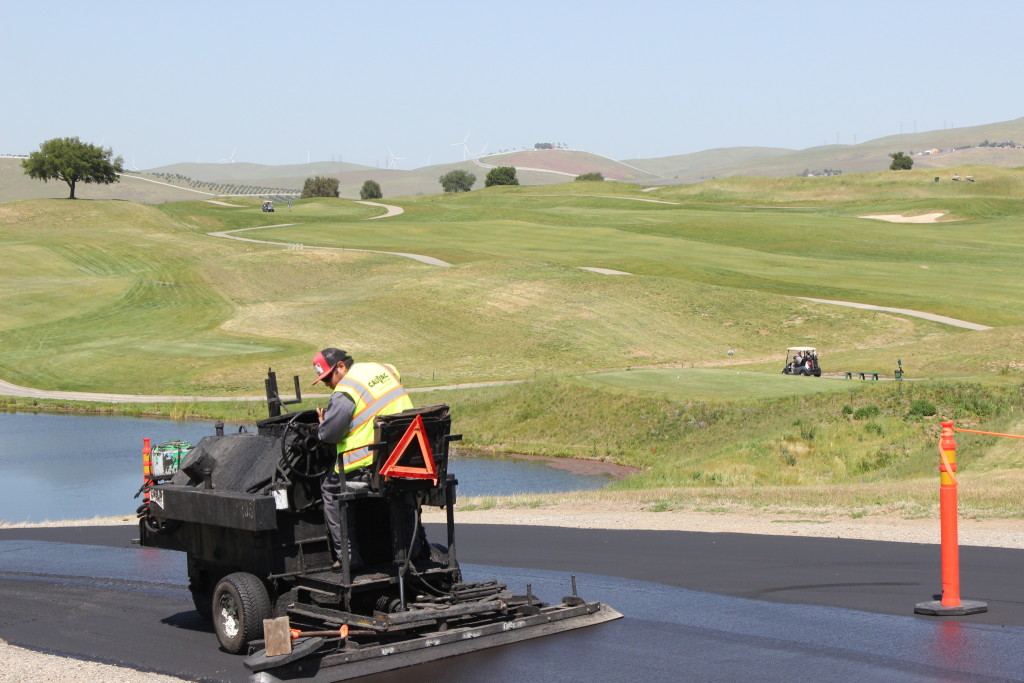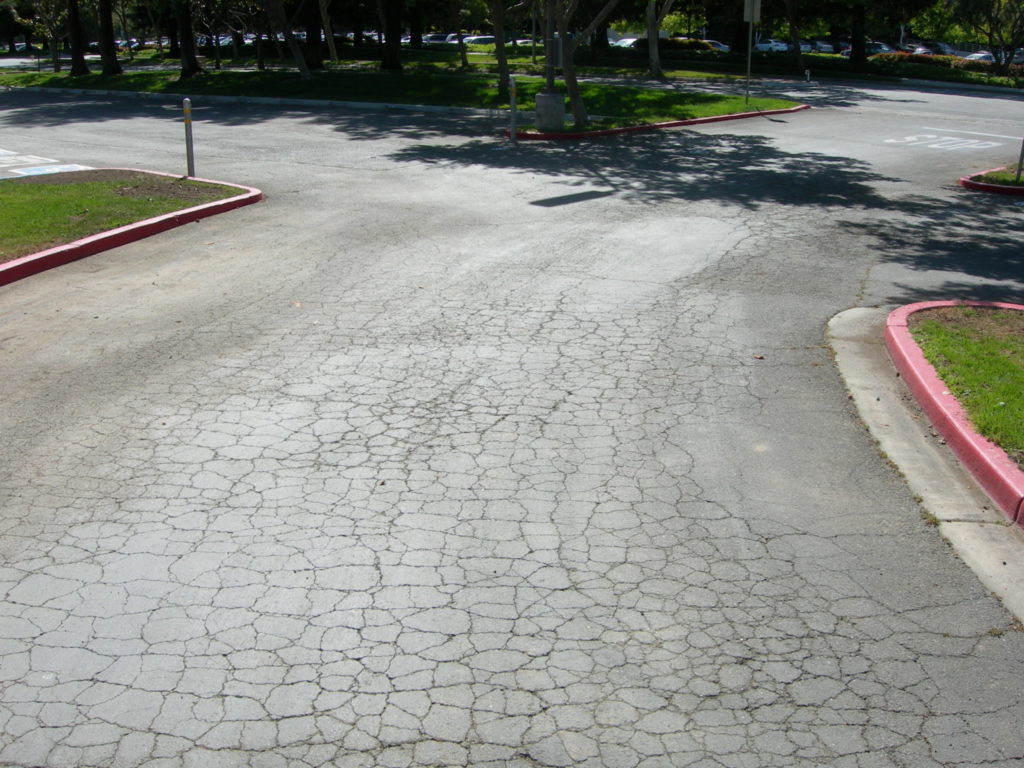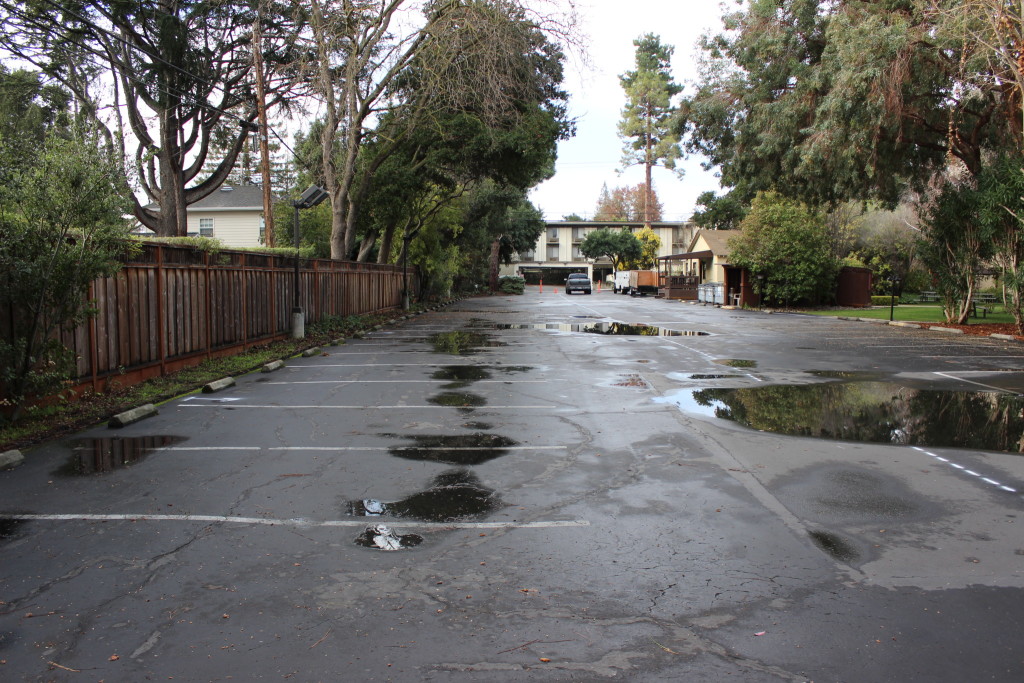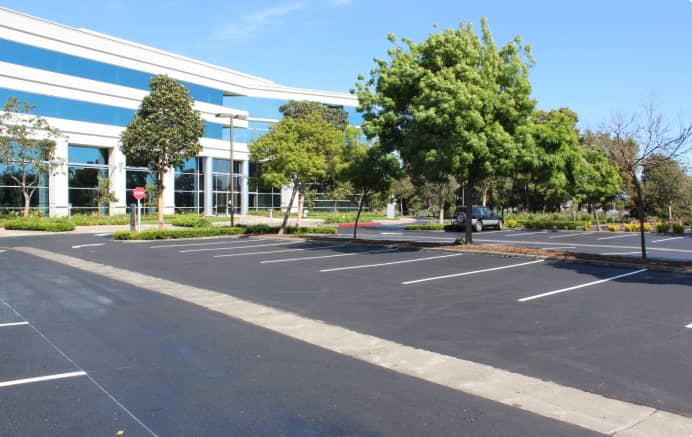See our work on social media:
Expert Tips for Choosing the Best Asphalt Paving Company in San Jose
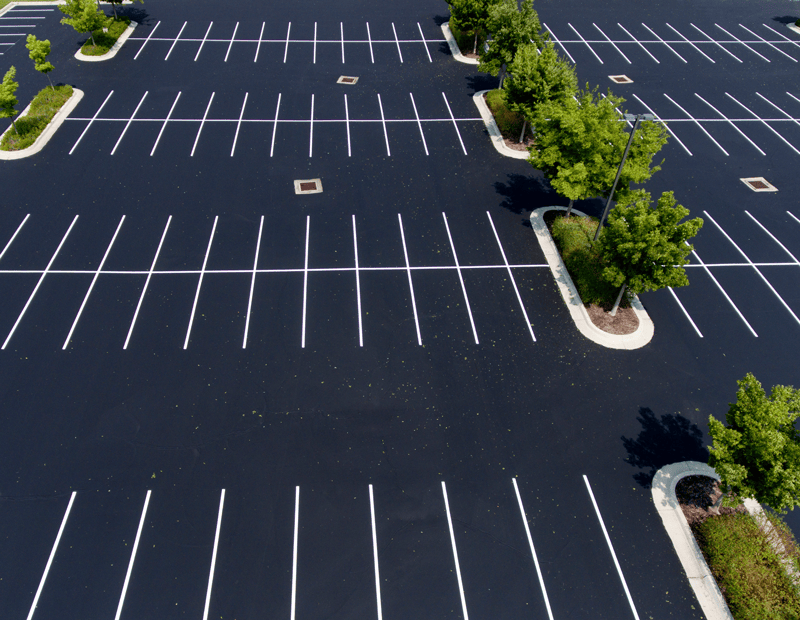
Are you a commercial property owner wanting to have your parking lot paved? Or are you a homeowner planning to upgrade your driveway? Whatever your reason is, you can never go wrong with asphalt paving.
Commercial property owners often favor asphalt paving over concrete for its quick construction, affordability, strength, and easy maintenance. On the other hand, homeowners prefer asphalt driveways because they offer affordability, durability, and aesthetic appeal, lasting up to decades when properly installed.
That is why hiring a trusted asphalt paving company in San Jose with the necessary skills and equipment is very important to make sure that your pavement can stand the test of time. Always remember that choosing the right asphalt paving contractor is the key to a successful project outcome. Opting for the lowest bid isn’t always the best choice, as various factors can affect the quality of the final result.
So, how do you identify and choose the best asphalt paving company in San Jose? In this blog, we’ll narrow everything down into 10 easy-to-follow tips for you to make the best decision for your asphalt project:
1. Do Some Research
When choosing the best asphalt paving company, it’s always better to start by conducting your own research. By researching, you will be able to make sure that you are selecting the best and quality company for your asphalt paving project. You can use search engines such as Google or Bing. Remember that the top results may not always be the best choice for you so take some time to read and research about other companies as well. Make a list of all the possible asphalt paving companies according to your own criteria and slowly narrow them down from there. By conducting your own research, you can avoid biased reviews and properly find the best asphalt paving company for you.
2. Read Online Reviews
When looking for an asphalt paving company, it’s important to check their reputation through online reviews. Never forget to do this step! Take the time to read both positive and negative reviews, considering the reasons behind them. Try to look for consistent feedback across different review platforms such as Google reviews, Yelp, Facebook, Instagram, or even their website to get a clear picture of the company’s reputation.
3. Look at Examples of Their Work
To assess the quality of an asphalt paving company’s work, take a look at examples of their previous asphalt projects. You can do this by checking their online gallery or asking for a list of locations that they’ve worked on to drive by and see the pavement firsthand.
4. Ask for Recommendations
If you need some recommendations, start by asking friends, family, neighbors, and coworkers. They can share their firsthand experiences and vouch for companies they’ve worked with. People are often eager to recommend companies that have done a great job for them.
5. Check Credentials & Licensure
When hiring an asphalt paving contractor, it’s important to ensure they are properly licensed for the work they’ll be doing. You can ask them directly if they can provide proof of licensure then verify it by checking it on your state’s website to make sure it’s current. This helps ensure you’re working with a qualified professional who meets the necessary standards for the job.
6. Insurance
When choosing the best asphalt paving company in San Jose, you should ask the contractor if they have insurance, including general liability and workers’ compensation. You can request proof of insurance to verify coverage for bodily injury and property damage. Make sure to receive an insurance certificate directly from the contractor’s insurance agent for both policies. Proper insurance coverage will give you peace of mind as it removes financial responsibility from your family in case of accidents or any property damage.
7. Check Their Status With the Better Business Bureau
To ensure you’re hiring a reputable asphalt paving contractor, it’s wise to check their status with the Better Business Bureau (BBB). The BBB keeps records of businesses and assigns ratings based on various criteria, including customer disputes and resolutions, and the company’s longevity. You can easily search for asphalt paving companies on the BBB website by typing in keywords like “asphalt contractor in San Jose” This will provide you with a list of companies along with their ratings. You can also see if they have any unresolved complaints from previous customers. If you want, you can also contact the BBB directly for more information.
8. Experience
Always consider the asphalt paving company’s level of experience, which is crucial for a successful project. Experienced contractors have the knowledge and skills gained from years of paving driveways, parking lots, and roads. They understand which type of asphalt is best suited for different purposes, ensuring a quality and long-lasting outcome and will potentially save you money in the long run. Check how long the company has been in business, as longevity often indicates reliability and quality workmanship. A company with a good reputation is more likely to deliver satisfactory results. Additionally, inquire about the contractor’s specialization and the types of jobs they typically handle.
9. Get Multiple Quotes
When planning your asphalt paving project, it’s important to get estimates from multiple contractors to ensure you’re getting the best services for your needs. Getting quotes from different commercial asphalt companies in San Jose allows you to compare prices and services, helping you make an informed decision. Be cautious of unusually low bids, as they may indicate subpar work or the use of low-quality materials.
When requesting quotes, provide detailed project specifications to ensure accuracy. Pay attention to the compacted thickness of the asphalt included in each quote, as this can affect the durability of your driveway. Take your time when comparing paving quotes and avoid contractors who pressure you to make a quick decision.
10. Customer Service
Last but definitely not the least, consider their customer service. Pay attention to how they answer the phone or respond to online inquiries. Look for professionalism and promptness in their communication.
A reputable company will provide you with an official written estimate that includes all costs and a clear timeline for the project. If you have any concerns during the screening process, trust your instincts and don’t hesitate to look elsewhere. When you choose an asphalt paving company that values good customer service, you will have a smoother and more satisfactory experience from start to finish.
By following these steps and conducting thorough due diligence, you can hire the best asphalt paving contractor in San Jose who will deliver a quality job and provide you with peace of mind throughout the project. Remember that investing time in selecting the right contractor upfront can save you from potential headaches and costly issues down the road.
Still Need Paving Guidance?
Do you have an upcoming residential or commercial asphalt paving project?
If you are seeking the best asphalt construction company in San Jose, then Calvac Paving is the best option for you. Calvac Paving meets all of the above criteria and more. With over 50 years of industry experience in asphalt paving, Calvac Paving is a licensed, insured, BBB accredited, and ADA-compliant business. Calvac Paving has been the pioneer of excellence in all things concrete and asphalt throughout the Bay Area.
Call (408) 225-7700 or contact us today for a quote. We look forward to helping you improve your home’s curb appeal with a new asphalt pavement.
